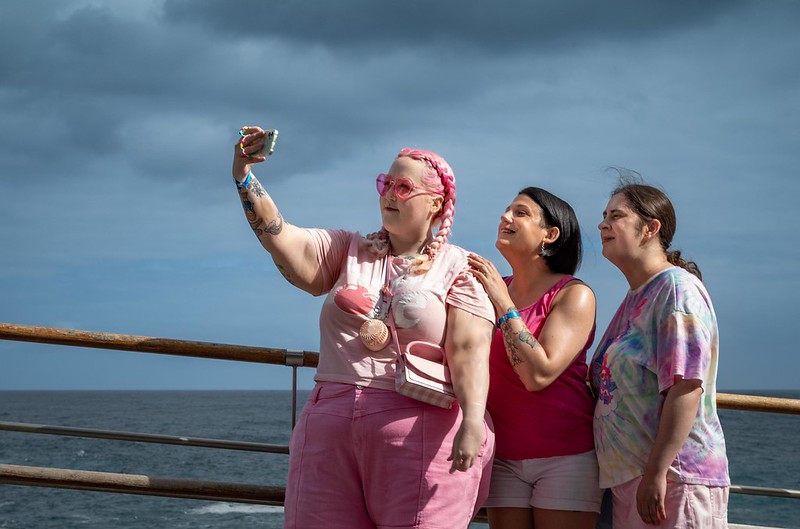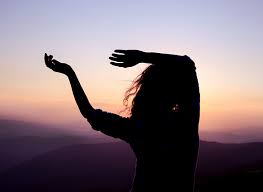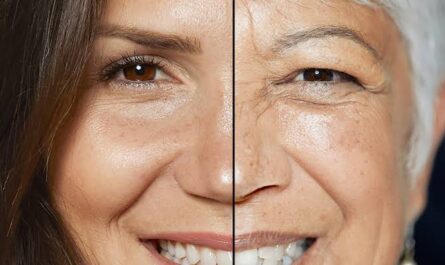Beauty is a universal concept, yet it is expressed and understood in profoundly different ways across the globe. Cultural norms, traditions, history, and values all play significant roles in shaping what each society perceives as beautiful. These diverse interpretations not only celebrate the uniqueness of humanity but also highlight the importance of challenging narrow, homogenized beauty standards that dominate global media.
This article explores how various cultures define beauty, the impact of these definitions on identity and self-esteem, and why embracing diversity in beauty standards is crucial for fostering inclusivity and self-acceptance.
Understanding Cultural Beauty Standards
Cultural beauty standards are deeply rooted in history, geography, and social norms. They reflect the unique environments, traditions, and lifestyles of different societies. Here are examples of how beauty is defined and celebrated across the world:
1. Africa: Beauty in Authenticity
In many African cultures, beauty is closely tied to authenticity, heritage, and the celebration of natural features.
- Skin Tone: Deep, rich skin tones are often revered, symbolizing health and vitality.
- Hairstyles: Intricate hairstyles like braids, twists, and locs not only enhance beauty but also carry cultural and historical significance.
- Body Shape: Fuller figures are celebrated in many African communities as a sign of prosperity and health.
2. Asia: Grace and Harmony
Asian beauty standards often emphasize balance, harmony, and understated elegance.
- Skin: In East Asia, clear, luminous skin is associated with youth and vitality. In South Asia, diverse skin tones are embraced, though colorism has historically influenced beauty ideals.
- Eyes and Facial Features: Double eyelids are often valued in East Asia, while in South Asia, expressive eyes highlighted by kohl or eyeliner are celebrated.
- Traditional Attire: The sari in India or the kimono in Japan accentuates grace and highlights cultural identity.
3. The Americas: Boldness and Individuality
In the Americas, beauty standards are as diverse as the people themselves, shaped by indigenous cultures, colonial influences, and modern media.
- North America: Confidence and individuality are often celebrated, with trends ranging from athletic builds to curvier figures.
- Latin America: Curves are celebrated as symbols of femininity, while vibrant colors and bold accessories reflect the region’s lively culture.
- Indigenous Traditions: In Native American communities, long, healthy hair and adornments like beads and feathers are expressions of beauty and cultural pride.
4. Europe: Timeless Elegance
European beauty ideals often emphasize sophistication and timeless appeal.
- Facial Features: High cheekbones, symmetrical features, and sharp jawlines are often considered beautiful.
- Skin and Hair: Fair skin and natural, effortless hairstyles are prevalent in many Northern European regions, while Mediterranean countries celebrate olive skin tones and luscious, dark hair.
- Fashion: European fashion celebrates chic minimalism in the North and vibrant, dramatic styles in the South.
5. Oceania: Connection to Nature
In many Pacific Island cultures, beauty is closely linked to the natural world and cultural heritage.
- Skin and Hair: Healthy, glowing skin and natural hair are celebrated.
- Body Art: Tattoos, or “tā moko” in Māori culture, are seen as expressions of identity, history, and personal beauty.
- Adornment: Shell jewelry and flower garlands symbolize a deep connection to nature.
The Impact of Globalized Beauty Standards
While cultural diversity in beauty is vast and rich, globalization and media have led to the dominance of Western beauty ideals, which often prioritize Eurocentric features. This homogenization has several consequences:
- Erosion of Cultural Identity: Local beauty traditions risk being overshadowed by global trends.
- Colorism: Preference for lighter skin tones, influenced by colonial history and media, persists in many cultures.
- Self-Esteem Issues: Unrealistic and narrow beauty standards often lead to body dissatisfaction and low self-esteem.
Why Celebrating Diversity in Beauty Matters
1. Promotes Inclusivity
Celebrating diverse beauty standards fosters a culture of inclusivity. It sends a powerful message that beauty comes in all forms, colors, and sizes, helping individuals feel seen and valued.
2. Encourages Self-Acceptance
Understanding and appreciating the beauty norms of different cultures can inspire people to embrace their own unique features, promoting self-love and confidence.
3. Challenges Stereotypes
Highlighting diverse beauty breaks down harmful stereotypes and biases, such as associating beauty solely with Eurocentric traits or equating fair skin with success and desirability.
4. Strengthens Cultural Identity
Valuing traditional beauty practices reinforces cultural pride and heritage, ensuring that unique customs and histories are preserved.
How to Celebrate and Embrace Diversity in Beauty
1. Educate Yourself
Learn about beauty practices and standards from different cultures. This can include reading, attending cultural events, or following diverse influencers and creators.
2. Support Inclusive Media
Encourage brands and media outlets that promote diverse beauty. Representation in advertising, movies, and fashion plays a significant role in shaping perceptions.
3. Redefine Beauty in Your Life
Challenge the narrow definitions of beauty you’ve internalized. Celebrate your unique features and encourage those around you to do the same.
4. Advocate for Representation
Support initiatives that demand inclusivity in industries like fashion, film, and publishing. Representation matters, and everyone deserves to see themselves reflected in mainstream culture.
5. Appreciate Without Appropriation
Respect and celebrate beauty practices from other cultures without appropriating them. For example, learn about the history behind a practice before adopting it and credit its origins.
Examples of Embracing Diverse Beauty
1. The Body Positivity Movement
This global movement champions the acceptance of all body types, challenging the idea that beauty is limited to slim or athletic figures.
2. The Natural Hair Movement
Celebrating natural hair textures in African and African-American communities has empowered individuals to embrace their roots and reject harmful beauty norms.
3. Inclusive Fashion Campaigns
Brands like Fenty Beauty and Dove have prioritized inclusivity, showcasing models of different sizes, skin tones, and abilities.
4. Cultural Festivals
Events like India’s Holi Festival or Brazil’s Carnival highlight the vibrant beauty of traditional attire, makeup, and adornments.
Conclusion: The Beauty of Diversity
Beauty is a deeply personal and cultural concept, and its diversity is what makes it so captivating. By celebrating the myriad ways beauty is defined across the world, we honor individuality, foster inclusivity, and challenge limiting norms.
The next time you look in the mirror, remember that beauty isn’t about conforming to a single ideal—it’s about embracing the unique qualities that make you, and every culture, extraordinary.



